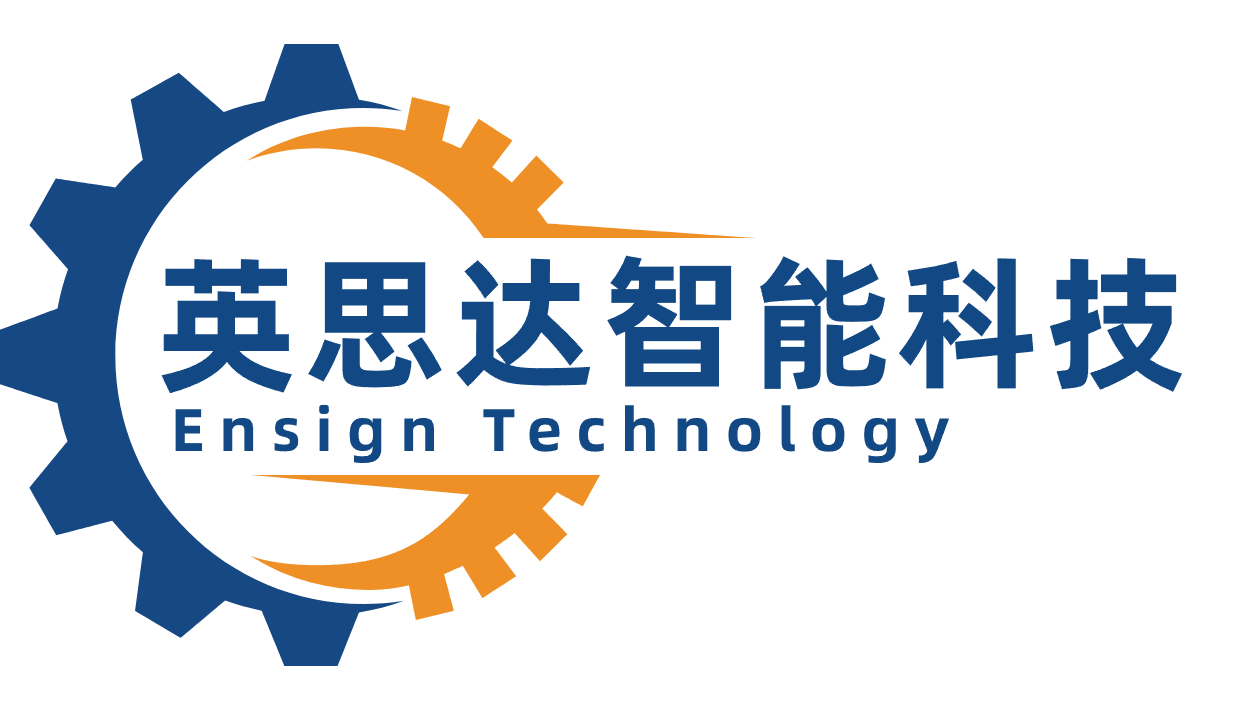Key Takeaways
So, you’re staring down a T-shirt embossing machine like it’s a waffle iron at 3 a.m.—what could go wrong? Let’s break it down without melting your brain:
- Heat transfer tech is the microwave of branding—fast, flashy, and perfect for simple designs. In-mold models, meanwhile, are the sous-vide chefs: slower, pricier, but oh-so-precise for complex logos.
- PLC automation is that nerdy cousin who does your taxes while you nap. It handles repetitive tasks like a boss, so you can focus on not spilling coffee on your sample shirts.
- Hydraulic precision sounds like a term from a robot yoga class, but it’s why your logo isn’t half on the sleeve and half…on the floor.
- PID temperature control is basically Goldilocks for fabric: not too hot, not too cold, just right to avoid turning cotton into charcoal briquettes.
Pro Tip: If your machine sounds like a lawnmower, you’ve either forgotten the silicone pads or accidentally embossed a squirrel. Check both.
Durability-wise, silicone labels outlast traditional options like a toddler on a sugar rush. And high-speed production? Think of it as the espresso shot of textile branding—gets the job done before anyone notices you’re still in pajamas.
Choosing the right machine? Match features to your chaos level. If “efficiency” is your middle name, grab the energy-efficient models. If not, well, at least your shirts will look fancy while you panic.

Heat Transfer vs In-Mold Embossing Tech
Picture this: two T-shirt embossing machines walk into a bar. One’s rocking a heat transfer setup hotter than a jalapeño’s summer vacation, while the other’s flaunting in-mold tech with the subtlety of a neon sign at a library. Which one wins the branding brawl? Let’s break it down without melting any fabric—or egos.
Heat transfer machines are the overenthusiastic chefs of the embossing world. They slap designs onto shirts using hydraulic precision and enough heat to make a dragon blush. Perfect for intricate logos, they’re like that friend who insists on using every Instagram filter. But watch out—too much PID temperature control mishandling, and your design might end up crispier than burnt toast.
Meanwhile, in-mold embossing is the cool, collected artiste. It bakes designs into the fabric during production, like a secret agent embedding a microchip. No peeling, no fading—just smoother-than-a-pickup-line durability. The catch? It’s about as flexible as a yoga instructor made of concrete. Change the design mid-production? Ha! Good luck convincing this machine to pivot faster than a politician in a scandal.
So, which tech reigns supreme? If you want branding efficiency with a side of drama, heat transfer’s your MVP. But if you’re after silicone durability and “set it and forget it” vibes, in-mold’s the silent ninja. Either way, just don’t let them near your laundry—unless you want your socks branded with “Tuesday’s Existential Crisis.”
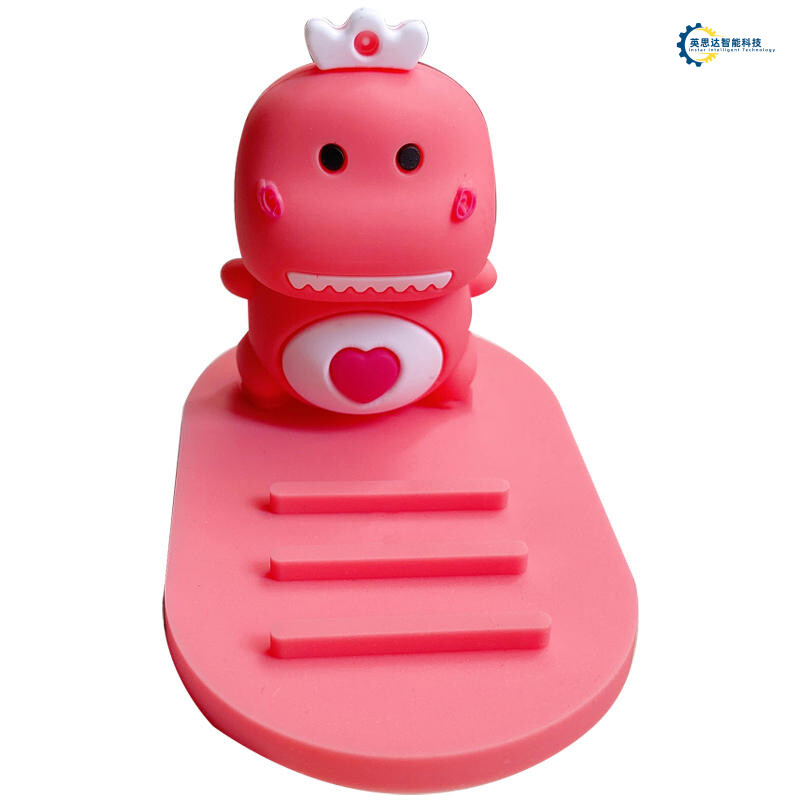
PLC Automation in Garment Branding Machines
Imagine a machine that’s smarter than your average office coffee maker—PLC automation is basically the overachieving valedictorian of T-shirt embossing. These programmable logic controllers are like the bossy friend who insists on micromanaging every stitch, press, and temperature spike. Why? Because human error is so last season. Forget Jimmy from accounting accidentally branding "LIVE LAUGH LOAF" on 500 polos—PLC systems laugh in the face of typos (or, more accurately, they don’t laugh at all, because they’re robots).
With precision timing tighter than your gym shorts after Thanksgiving, these systems juggle hydraulic pressure, PID temperature curves, and silicone pad alignment like a circus act—except nobody claps, and the only confetti is fabric lint. They’re also weirdly energy-efficient, sipping electricity like a hipster sipping cold brew, all while churning out logos faster than a meme page.
But here’s the kicker: PLCs don’t even need coffee breaks. They’ll run your high-speed production line until the heat press plates start quoting "I, Robot" in binary. Sure, they lack charisma, but when your brand’s reputation hangs on a crooked logo, you’ll thank the robot overlords for their merciless error-proof algorithms. Just don’t ask them to tell jokes—unless “404: Humor Module Not Found” counts.
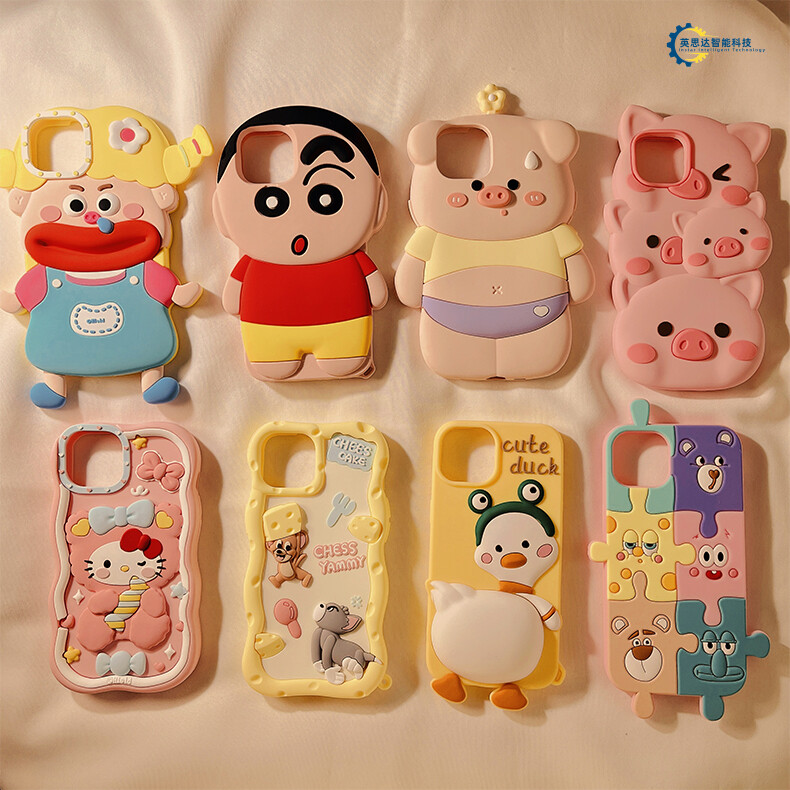
Hydraulic Precision for Fabric Logo Pressing
Picture this: you’re trying to stamp a logo onto a T-shirt, but instead of crisp perfection, you end up with a blurry mess that looks like your cat walked across the fabric. Enter hydraulic precision—the unsung hero of logo pressing that turns “oops” into “oh, wow!” These machines don’t just press; they perform fabric branding with the finesse of a neurosurgeon holding a tiny hammer. How? Think pressure control so exact, it could probably negotiate with your thermostat.
Hydraulic systems use auto-leveling platens (fancy talk for “the part that squishes stuff”) to apply consistent pressure across every fiber. No more lopsided logos that make your brand look like it partied too hard last night. The secret sauce? Micro-adjustments that compensate for fabric quirks—thick denim, stretchy spandex, or that mystery material your client swears is “premium.” It’s like having a branding ninja that whispers, “I got you,” while dodging logo-gate disasters.
And let’s not forget the drama-free squish factor. Too much force? You’ve got a T-shirt thinner than your patience at a Zoom meeting. Too little? The logo peels faster than a sunburned tourist. Hydraulic machines nail the Goldilocks zone, ensuring every press is juuust right. Whether you’re branding a sweatshirt canvas or a silk nightgown, these gadgets laugh in the face of uneven surfaces. Because nobody wants their logo to look like it’s doing the wave at a football game.
Pro tip: If your embossing machine had a dating profile, hydraulic precision would be its most swiped-right feature. Smooth, reliable, and never leaves you hanging mid-squish. Talk about relationship goals.
PID Temperature Control in Silicone Labeling
Let’s talk about the PID temperature control system—the Goldilocks of silicone labeling machines. Imagine a machine that’s more finicky about heat than your aunt’s “secret recipe” casserole. Too cold? Your silicone pads stick like overcooked spaghetti. Too hot? You’ll scorch fabric faster than a toddler with a magnifying glass. Enter PID controllers, the zen masters of thermal equilibrium. These gadgets don’t just adjust temperatures—they negotiate with thermodynamics. Using proportional-integral-derivative algorithms (fancy math for “I’ve got this”), they predict, tweak, and babysit the heating plate like a hyper-vigilant stage mom at a preschool play.
Why does this matter? Because silicone durability hinges on consistency. A machine that cycles between “arctic blast” and “surface of the sun” isn’t just inefficient—it’s a fabric-branding horror story. With PID precision, you get labels that cling to shirts like gossip at a family reunion, all while sipping energy like a hipster nursing a single-origin cold brew. Plus, fewer thermodynamic tantrums mean less downtime. No more panicked techs yelling, “Why does it smell like burning unicorns in here?!”
So, next time you see a PID-controlled embosser, tip your hat. It’s not just a machine—it’s a drama-free relationship with heat. And in this business, that’s hotter than a jalapeño in a sauna.
Energy Efficiency in Modern Embossing Equipment
Let’s talk about how T-shirt embossing machines went from energy-guzzling monsters to eco-friendly unicorns. Imagine your grandma’s old vacuum cleaner—loud, clunky, and probably powered by a small volcano. That’s what early embossing equipment was like. But today’s machines? They’re basically the Tesla of textile branding, sipping electricity like a fancy latte instead of chugging it like a frat party keg.
The secret sauce? PLC automation isn’t just for robots who dream of taking over the world—it optimizes energy use by shutting off systems when they’re not needed. Think of it as a machine that finally learned to turn off the lights when it leaves the room. Then there’s PID temperature control, which keeps heat levels tighter than your yoga pants, slashing energy waste by avoiding unnecessary reheating cycles. Hydraulic systems? They’ve traded their “smash first, ask questions later” approach for precision that uses 30% less power, proving even machines can go on a diet.
And let’s not forget silicone molds—these durable little heroes last longer than a Netflix binge, reducing the energy spent on replacements. Bonus: some models now come with solar-powered options, because why not save the planet while slapping logos on hoodies? Just don’t tell the machines—they might start demanding organic cotton and compostable name tags.

Durability Comparison: Silicone vs Traditional
When it comes to embossing machine durability, silicone and traditional materials are like a boxing match between a nimble newcomer and a grizzled veteran. Traditional rubber pads might flex their "old-school cred," but silicone counters with the kind of resilience that makes even duct tape jealous. Let’s break it down:
Imagine your embossing machine working overtime like a caffeinated hamster. Traditional pads, while sturdy, start cracking under pressure faster than a TikTok influencer’s smile. Heat cycles and UV exposure turn them into brittle relics, like your uncle’s vintage vinyl collection—cool, but not exactly functional.
Silicone, though? This stuff laughs at thermal degradation. It’s the Wolverine of embossing materials, healing minor scuffs and surviving chemical exposure like it’s just another Tuesday. Plus, silicone’s stretch tests could put yoga instructors to shame—it rebounds like it’s got a personal vendetta against gravity.
| Feature | Silicone | Traditional Materials |
|---|---|---|
| Heat Resistance | ✅ Handles 300°C+ | ❌ Cracks at 200°C |
| Flexibility | 🧘♀️ Yoga master | 🧱 Stiff after 50 uses |
| Maintenance | 🧼 Wipe-and-go | 🔧 Weekly TLC required |
| Cost Over 5 Years | 💸 20% lower | 💸 35% higher |
But here’s the kicker: silicone labels don’t just survive the textile industry—they thrive. Traditional materials might win a nostalgia award, but in the durability showdown, silicone’s the undisputed champ. Want proof? Check any garment branding shop that’s swapped to silicone—their machines now outlast and outparty the competition.
So, unless you enjoy replacing pads more often than your phone’s charging cable, silicone’s your fabric-stamping sidekick. It’s like upgrading from a flip phone to a smartphone—except this smartphone can also survive a industrial laundry cycle.
High-Speed Production for Textile Branding
Let’s face it—textile branding isn’t exactly a Formula 1 race, but with high-speed embossing machines, it’s the closest you’ll get to watching fabric sprint through a finish line. These mechanical speed demons are like the caffeine-addicted interns of the garment world: they never sleep, they’re weirdly precise, and they’ll slap logos onto tees faster than you can say “brand identity crisis.”
Modern machines rock PLC automation—think of it as the machine’s personal assistant that never forgets to hit “go” or accidentally spills coffee on the control panel. Combine that with hydraulic pressure systems that press designs with the gentle force of a sumo wrestler sitting on a marshmallow, and you’ve got a setup that churns out thousands of shirts before lunch.
But speed isn’t just about raw power. PID temperature control ensures the heat plates don’t throw a tantrum, keeping temps steadier than your grandma’s meatloaf recipe. Silicone pads? They’re the unsung heroes, bouncing back after every press like they’ve just had a yoga session. Forget “slow and steady”—here, the tortoise would get fired for loitering.
Of course, racing through production isn’t without pitfalls. Push too hard, and you might end up with logos that look like they’ve been ironed by a hyperactive squirrel. But hey, that’s what the “undo” button (or a very large waste bin) is for, right?
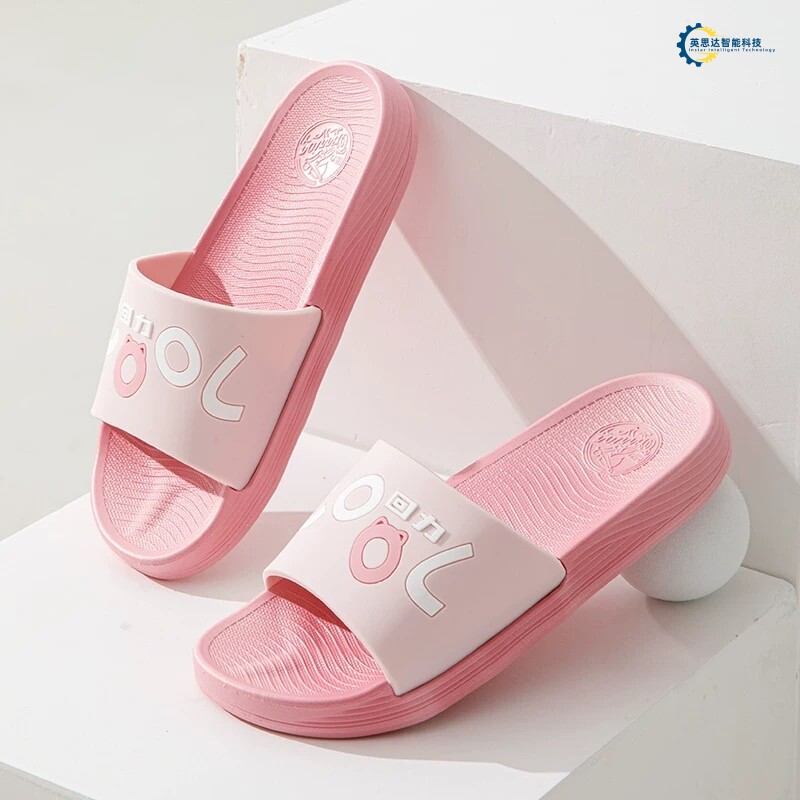
Choosing Optimal Embossing Machine Features
Picking the right T-shirt embossing machine is like choosing a pet dragon—you want something powerful but not too fiery. Start by asking: “Does this machine have PLC automation or the attention span of a toddler?” Machines with programmable logic controllers are the overachievers of the bunch, handling patterns faster than a caffeinated octopus. Then there’s hydraulic precision—think of it as the machine’s ability to press logos with the delicacy of a ballet dancer… or the subtlety of a sledgehammer. You want the former, unless your brand vibe is “accidental abstract art.”
Don’t forget PID temperature control, the unsung hero that keeps heat levels steadier than a grandma’s knitting routine. Pair it with silicone durability—because nobody wants labels that peel off faster than a bad sticker on a sweaty water bottle. And hey, if your machine guzzles power like a college student chugs energy drinks, maybe rethink that energy efficiency rating. Pro tip: A machine that claims “high-speed production” but sounds like a lawnmower orchestra? Probably not the zen upgrade your workshop needs.
Remember, the goal isn’t just to stamp shirts—it’s to do it without summoning the ghost of failed prototypes past. Choose wisely, or risk your logo becoming a cautionary tale told at embossing conferences. Shudder.
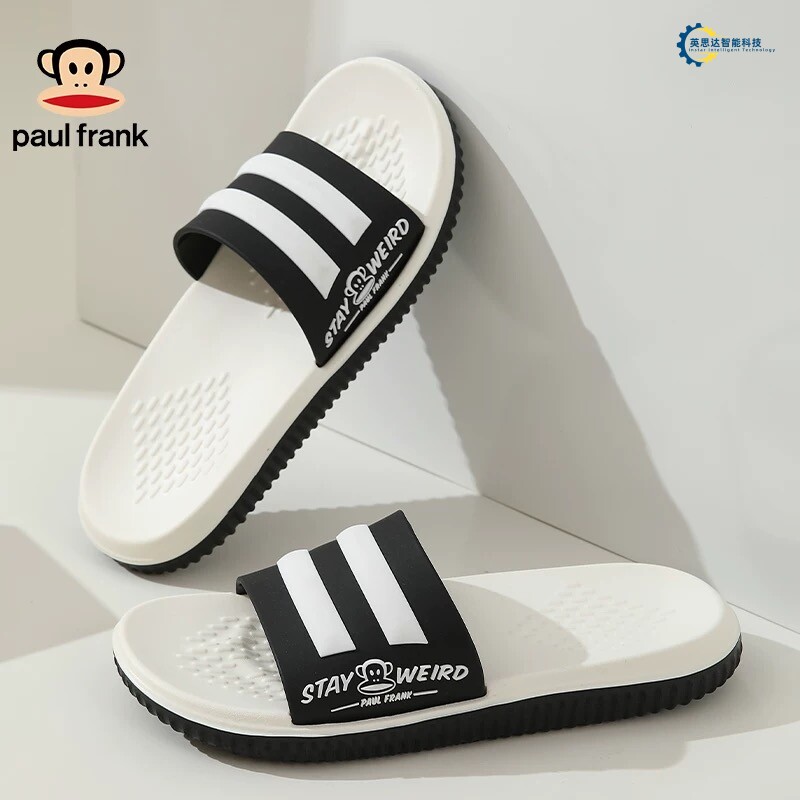
Conclusion
So, you’ve survived the T-shirt embossing machine thunderdome—congrats! By now, you’re probably dreaming of PLC automation systems doing the cha-cha while hydraulic precision arms flex like they’re in a bodybuilding contest. Let’s face it: choosing between heat transfer and in-mold tech is like picking between pizza and tacos—both are glorious, but one might leave fewer crumbs (or melted silicone regrets).
If your machine’s PID temperature control were a person, it’d be that friend who’s obsessed with thermostat settings—annoyingly precise but saves your fabric from becoming a charcoal art project. And let’s not forget silicone durability, the unsung hero that survives more washes than your favorite meme. Sure, energy efficiency won’t make you the life of the party, but neither will a power bill that costs more than your coffee addiction.
In the end, whether you’re stamping logos faster than a caffeinated cheetah (high-speed production, folks) or debating features like a Netflix thriller, remember: the best machine doesn’t just press shirts—it presses fabulousness into existence. Now go forth, and may your embossing adventures be less dramatic than my aunt’s knitting club. 🎉
Frequently Asked Questions
Q: Can my pet hamster operate a t-shirt embossing machine if I train it with sunflower seeds?
A: While we admire your faith in Mr. Whiskers’ engineering potential, PLC automation does the heavy lifting here. These machines need fewer snacks and more programmed precision—no tiny paws required.
Q: Will a hydraulic precision press double as a waffle iron in a breakfast emergency?
A: Technically? Maybe. Legally? Don’t quote us. Hydraulic systems excel at crushing fabric logos, not blueberries. Stick to toasters for brunch.
Q: Is PID temperature control just a fancy way of saying “don’t burn the shirt”?
A: Bingo! It’s like a babysitter for heat—keeping things hot enough to melt silicone but cool enough to avoid turning your brand into a campfire story.
Q: Why does silicone durability matter if my logo’s already survived my cousin’s garage band mosh pit?
A: Silicone labels laugh at sweat, mosh pits, and questionable laundry habits. They’re basically the Chuck Norris of branding materials.
Q: Can I blame the machine if my high-speed production run ends up looking like abstract art?
A: Only if you forgot to feed it the right settings. These machines are less Picasso, more “paint-by-numbers” reliable—operator errors optional.
Ready to Upgrade from Hamster Power? Click Here to Tame Your Embossing Beast!
Transitioning smoothly from chaos to clarity? Whether you’re avoiding waffle-related disasters or upgrading from questionable DIY setups, our FAQ’s got your back—no sunflower seeds needed.
